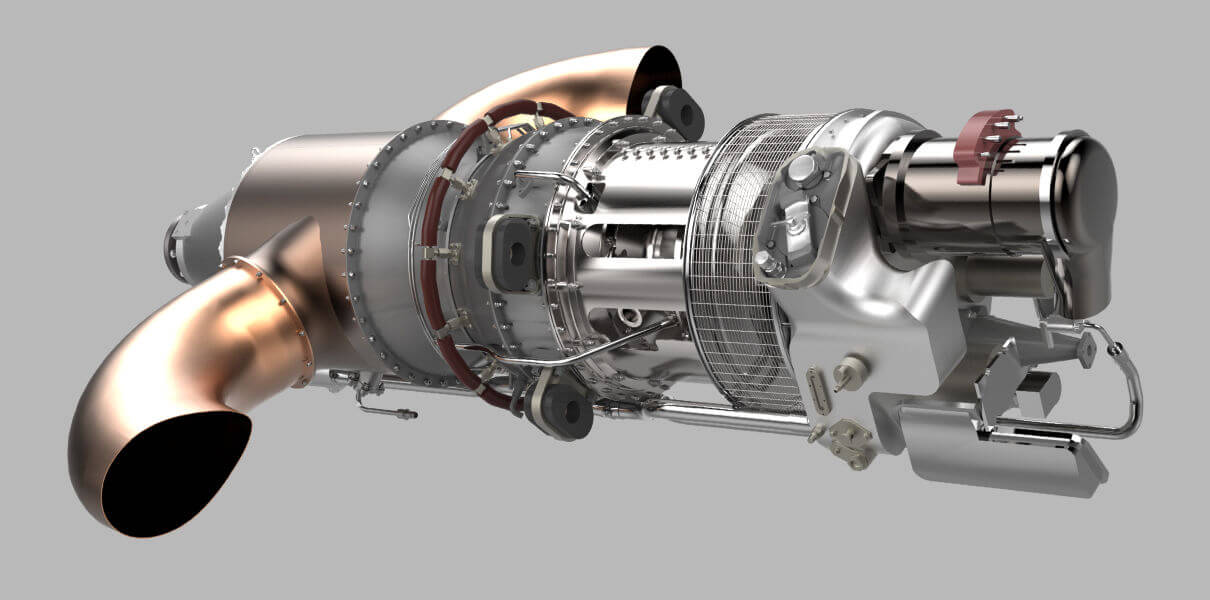
A division of General Electric Aviation conducted the full test of the turboprop engine printed on a 3D printer. Thanks to modern technology, time to develop a new engine has been reduced from ten to two years, and the number of parts to be reduced from 855 to 12, — writes resource 3Dprint.com.
The engine was developed for Denali Cessina aircraft from Textron Aviation. Two years ago, the developers decided to print a fully functional engine and since far — now there are only a few final tests.
“This is not just another printing experiment. For us, the creation of printed engine — a turning point, because of the design and development, we have moved and have almost successfully completed the entire test cycle of a fully functional engine,” says head of development Paul Corkery.
A third of the engine is titanium part printed on a 3D printer. Reducing the number of parts from 855 to 12 reduces the engine weight by 45 pounds and reduce fuel consumption by 20 percent. Increased and the power engineers noted a 10 percent increase compared to a conventional engine of the aircraft.
After the tests finally show the performance of printed engine, it will only have to certify, after which we can safely launch them into production.
General Electric has printed and tested a turboprop engine
Vyacheslav Larionov